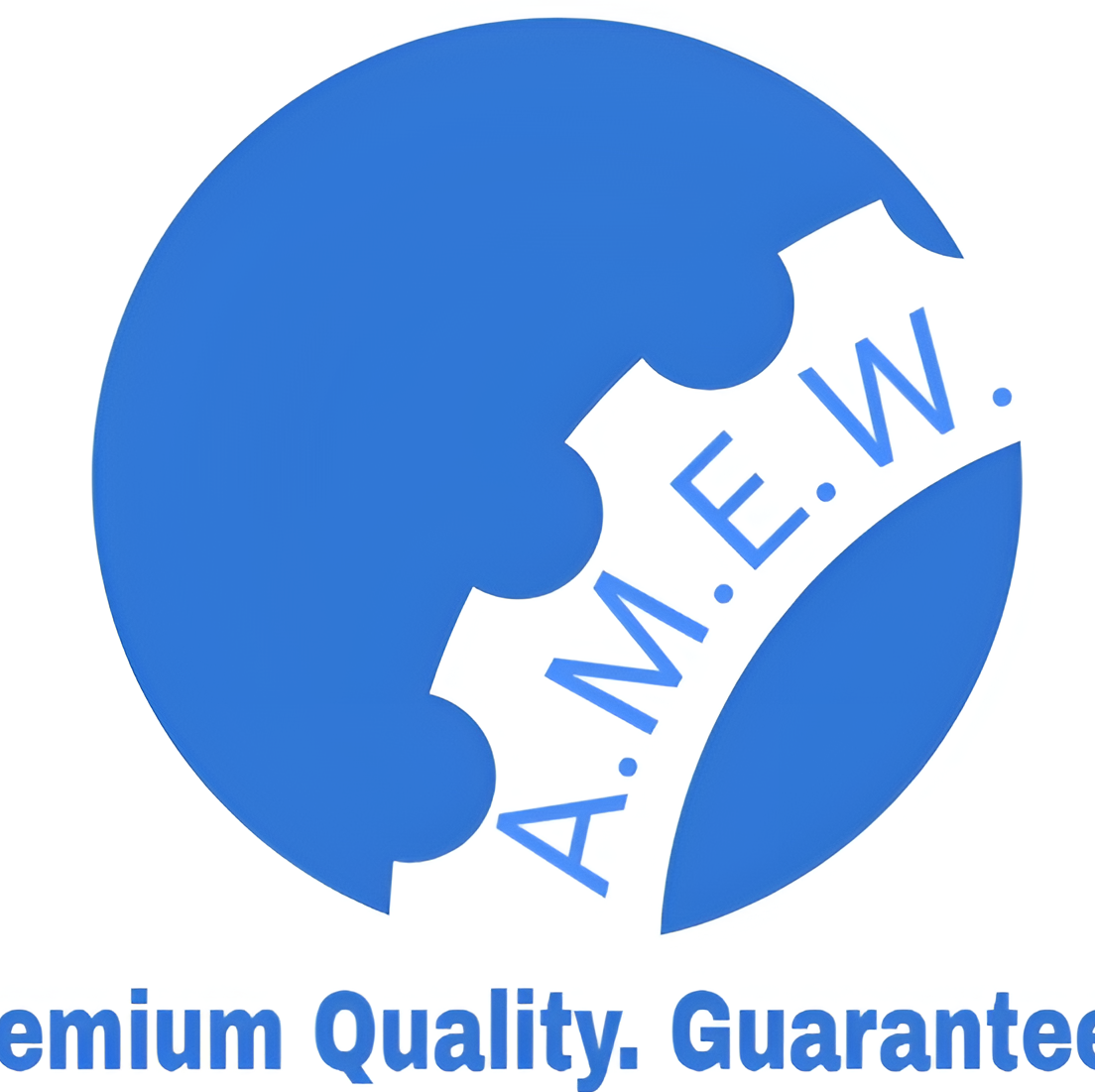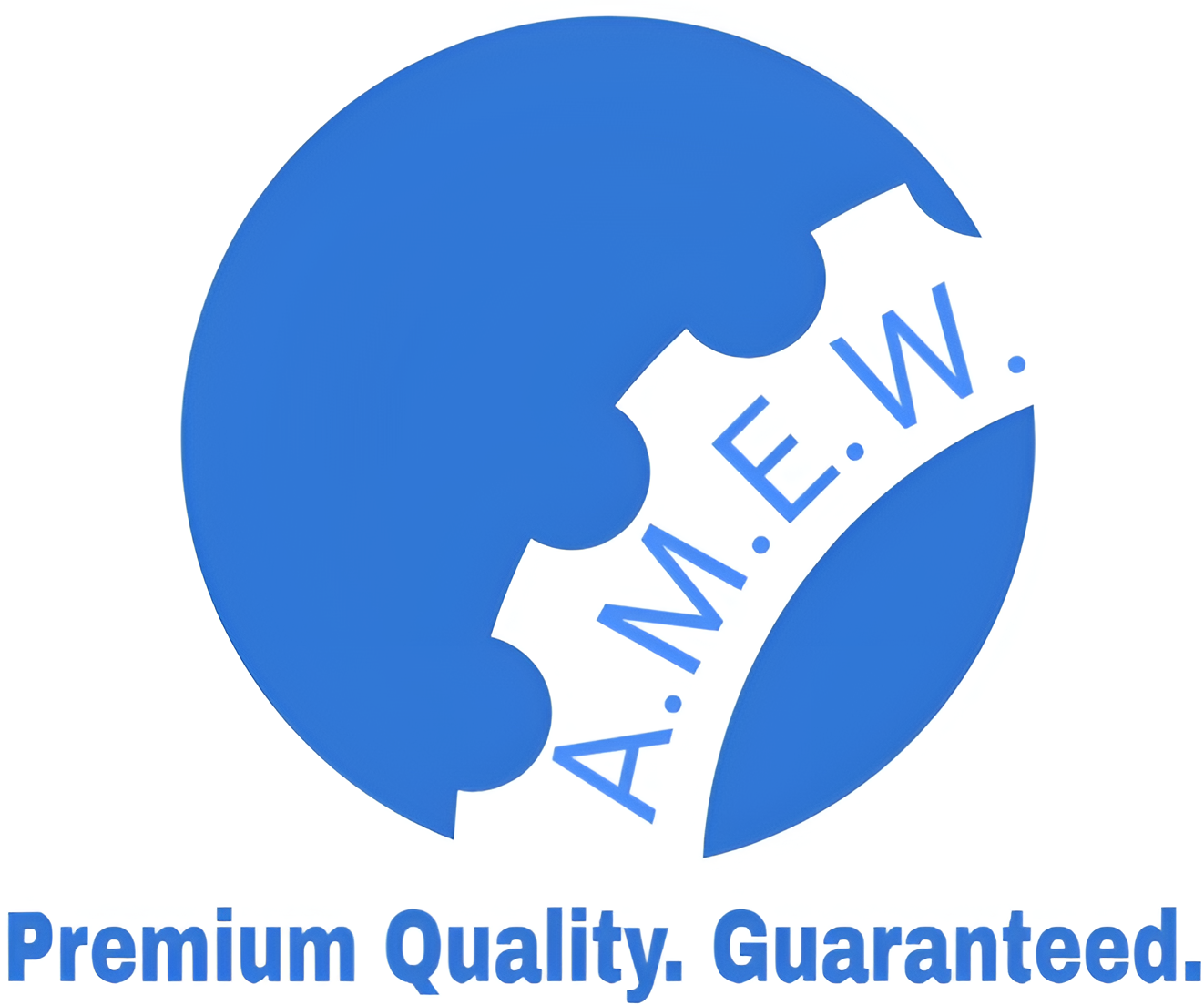The Ultimate Guide to Alloy Steel Flats for Engineers and Manufacturers
Alloy steel flats are widely recognized for their versatility, strength, and essential role in engineering and manufacturing industries. Whether you’re crafting heavy-duty machinery, constructing infrastructure, or working on precision projects, alloy steel flats are likely a key component in your operations.
This guide dives deep into what alloy steel flats are, their benefits, various types, and their applications across industries. You’ll also gain insights into best practices for machining alloy steel flats to ensure efficiency and safety in your processes.
What are Alloy Steel Flats and Why Are They Important?
Definition of Alloy Steel Flats
Alloy steel flats are rectangular-shaped metal pieces made from steel that is alloyed with elements such as chromium, nickel, molybdenum, or manganese. These added elements enhance the physical, chemical, and mechanical properties of steel, making it stronger, tougher, and more resistant to wear and tear.
Importance in Manufacturing
Alloy steel flats serve as a fundamental material for industries ranging from automotive to construction. Their adaptability and high performance under stress make them a preferred choice for applications where durability and reliability are critical. With properties that can be tailored by adjusting the alloy composition, they ensure engineers and manufacturers can achieve specific project requirements.
Types of Alloy Steel Flats
Categorization by Alloy Composition
Alloy steel flats can be categorized based on the elements they are alloyed with. Common classifications include:
1. Low-Alloy Steel Flats
Containing less than 5% of alloying elements, low-alloy steel flats offer a balance of strength and cost-effectiveness. They are ideal for applications that require moderate strength and toughness but do not involve extreme conditions.
2. High-Alloy Steel Flats
High-alloy steel flats contain more than 5% alloying elements, often including chromium. These offer superior corrosion resistance and are commonly used in industries exposed to harsh environments, such as marine or chemical processing.
Properties and Applications of Each Type
- Low-Alloy Steel: Known for good weldability and machinability, they are used in structural projects like bridges and pipelines.
- High-Alloy Steel: Exceptional heat and corrosion resistance make them suitable for aerospace and power plants.
Advantages of Using Alloy Steel Flats
Strength and Durability
Alloy steel flats are significantly stronger than regular carbon steel. Their enhanced ability to withstand tension, load, and impact makes them a go-to material in heavy-duty engineering projects.
Corrosion Resistance
The addition of elements like chromium and nickel improves the resistance of alloy steel flats against rust and corrosion, extending their lifespan even in challenging environments.
Machinability and Weldability
These flats are designed to be machine-friendly, allowing for easier cutting and shaping. Additionally, their weldability ensures seamless joining, which is crucial in manufacturing processes.
Applications of Alloy Steel Flats
Automotive Industry
Alloy steel flats are extensively used for producing car chassis, engine parts, and suspension components. Their high strength ensures vehicle safety and reliability.
Construction and Infrastructure
Structural frameworks, bridges, and reinforcement bars often rely on alloy steel flats due to their ability to withstand heavy loads and adverse weather conditions.
Machinery and Equipment
Industrial machinery, tools, and equipment benefit from the durability and wear-resistant properties of alloy steel flats, enabling them to endure prolonged use under extreme stress.
Best Practices for Machining Alloy Steel Flats
To maximize productivity and ensure safety during the machining of alloy steel flats, the following best practices should be adhered to:
Cutting Techniques
Use tools made of high-speed steel or carbide for effective cutting. Ensure the cutting angle is optimized for the specific grade of alloy steel being used.
Cooling and Lubrication
During machining, excessive heat can lead to tool wear and material distortion. Use proper coolant or lubrication to regulate temperature and improve cutting efficiency.
Safety Measures
- Always wear appropriate personal protective equipment (PPE).
- Follow guidelines regarding the use of machinery and tools.
- Ensure proper ventilation in the workspace to deal with any fumes from cutting or welding processes.
Looking Ahead: The Future of Alloy Steel Flats
Advancements in metallurgy and manufacturing technologies are paving the way for even stronger and more adaptable alloy steel flats. Future trends suggest an increased focus on sustainable production and lightweight alloys that combine strength with environmentally friendly processes.
Alloy steel flats are here to stay as a game-changer in engineering and manufacturing, offering unmatched performance and potential for innovation.

